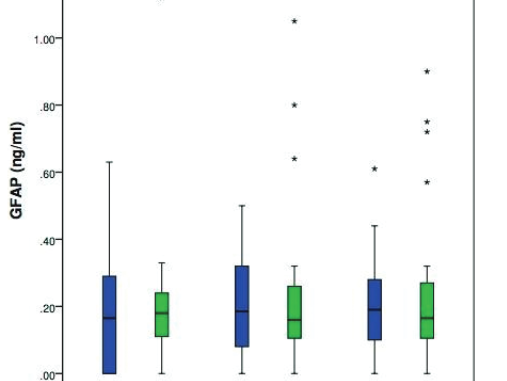
Neonatal brain injury (NBI) is attracting considerable interest due to the lack of an effective prognostic model in clinical practice. Previous research has shown that serum glial fibrillary acidic protein (GFAP) might be a promising biomarker for the early detection of premature neonates at high risk of developing neonatal brain injury.
However, in the study mentioned above, neonates represented a selected population according to low birth weight and neurologic morbidity at birth. At the same time, some developed two coexisting types of neonatal brain injury. Furthermore, no comparative study between GFAP and other neonatal brain injury biomarkers in premature neonates is available in the literature.
Thus, the authors of the study recently published in BJBMS aimed to investigate if serum GFAP can be used as a predictive biomarker of neonatal brain injury in the general population of premature neonates. Furthermore, they studied whether it is of value compared to S100B in the same studied population, which is considered the gold standard of neonatal brain injury.
In this case-control study, each group consisted of 29 neonates. Blood was collected longitudinally during the first three days of life from each neonate. Each case developed one type of neonatal brain injury representing a well-separated study population regarding subsequent pathology. No significant difference was observed in GFAP levels between the groups.
The results of this study indicate that the predictive value of GFAP is probably limited. As GFAP concentration was lower than the method’s detection limit, a more sensitive method could highlight its usefulness.
It seems that GFAP is either of limited value for the prognosis of neonatal brain injury in the general population of premature neonates or not as powerful as S100B.

Reference:
Metallinou D, Karampas G, Nyktari G, Iacovidou N, Lykeridou K, Rizos D. Serum glial fibrillary acidic protein as a biomarker of brain injury in premature neonates . Bosn J of Basic Med Sci 2021Jul.19. Available from: https://www.bjbms.org/ojs/index.php/bjbms/article/view/6205
Leave a Reply